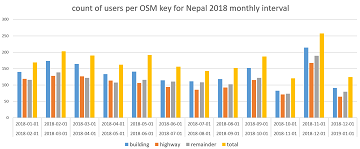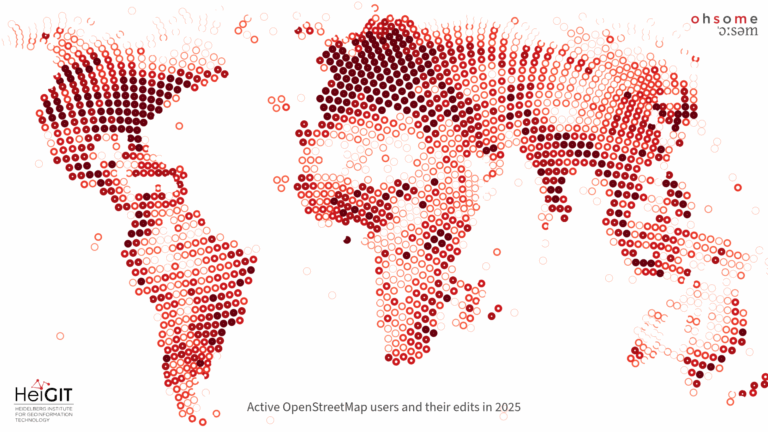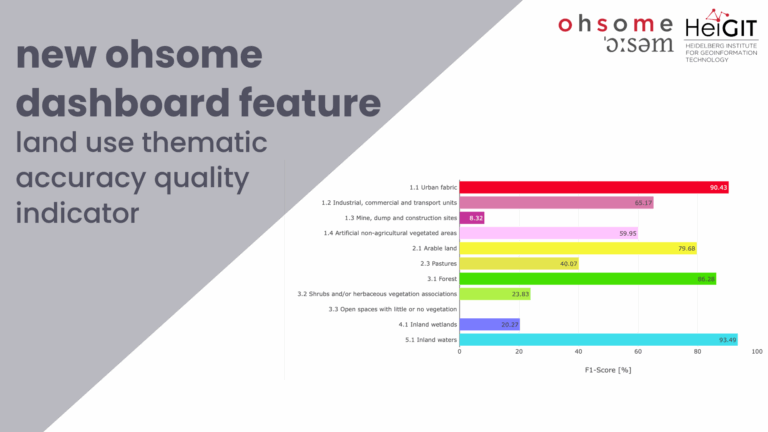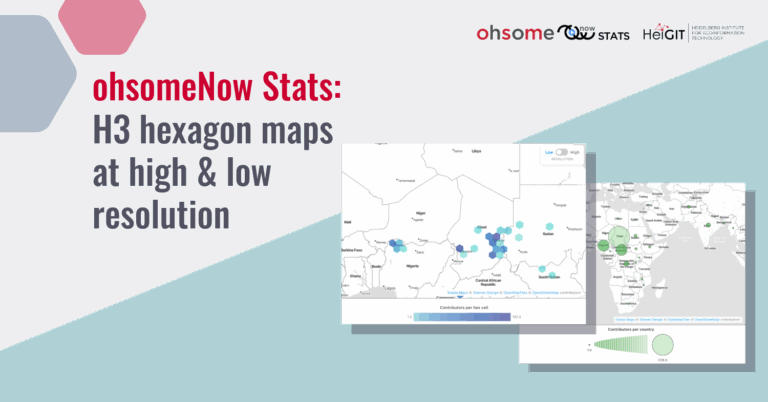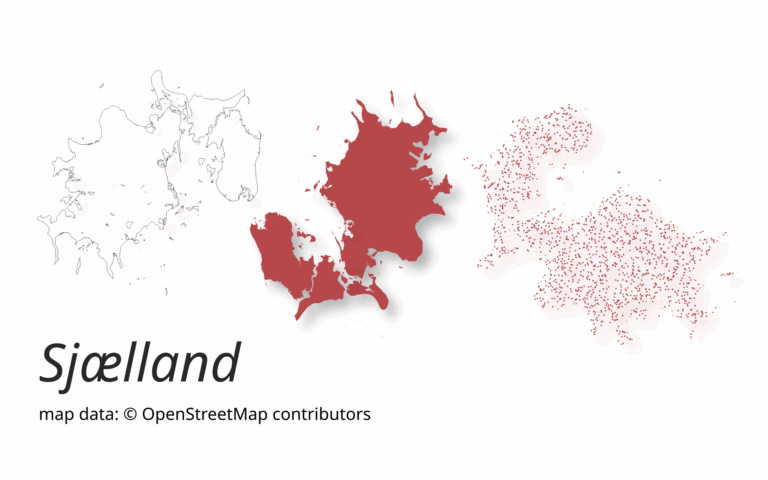Besides dealing with a snake, making quality assessments, or generating comparable statistics, one needs to know how to handle the whole functionality provided by the ohsome API to really become ohsome. And to achieve exactly that, this blog presents the last missing entry point to the API from the current toolkit, namely the /users resource. With its help you can receive aggregated statistics on the OpenStreetMap contributors (also called users), who were editing any element, in any place, at any time that is available in our global OpenStreetMap History Database (OSHDB). In this episode we will take a look at numbers of users who were editing different features, e.g. streets, buildings and compare them through looking at different regions. Which OSM-key might be edited by more users: highway, or building? And is it the same for both of our investigated regions (Nepal and Ghana)?
Similar to the /elementsFullHistory resource, which we used in part 1 of this blog series, the /users resource also uses the contribution view of the OSHDB. That means that we do not look at the data at specific points in time, but over the course of one (or more) time period(s). This way we can get all the changes of the OSM data and thus be able to analyze all the contributions from the users, which we can further specify via our filters. So let’s take a look at the first result that we have created from a csv response of the ohsome API. It shows the number of contributors editing features with the OSM type way as total, as well as the keys building, highway and other features (remainder) in the year 2018 for a monthly interval for Ghana. For clarification: If a user edited a highway and a building, he/she is counted in both groups. The same applies to the remainder, which includes edits on features having all tags but highway and building, as well as to the different time intervals, where an active user is counted for each time interval. The total value tells us the number of distinct active users for our defined filters. We can see that until the middle of the year, building and highway are both edited by roughly 25 to 45 users as well as the remainder. Then the building key has a higher increase in users until September, where the highest numbers switch in favor of the highway key. Then the highest numbers continue to switch between both keys until the end of 2018.
The second diagram shows the count of users for Nepal, again for the year 2018 and divided into monthly intervals. In contrary to the first diagram, the building key has the higher numbers of users throughout the whole year and also the remainder group has more distinct users for most months.
As usual, we’ve created a snippet for these requests that show you the request URLs, the used data and parameters, as well as the returned responses. In the snippet you will find the same comparison of these two regions also for a time period of 10 years and a yearly interval. The GeoJSON files are retrieved through OSM Admin Boundaries Map 4.4.6. As always, you can reach us via info@heigit.org. Stay ohsome!

